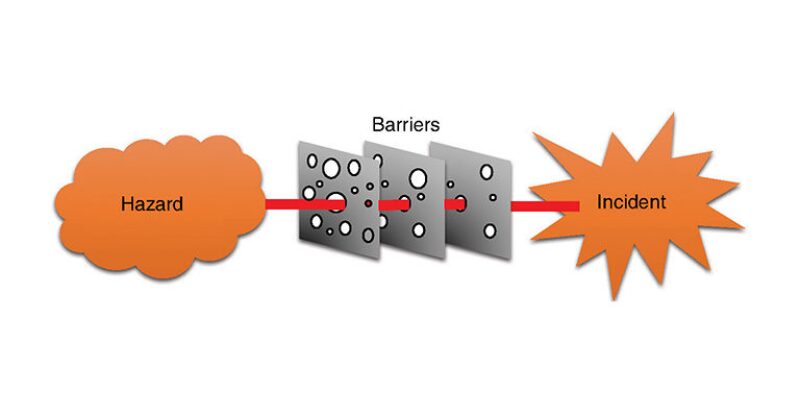For the last 40 years, the oil and gas industry has measured safety performance using injury-frequency rates. Industry thinking is based on the premise that, if we do not have injuries, then we are safe and, if we have injuries, we are not safe. This paper examines the fallacy of that premise and the use of injury rates as a key performance indicator (KPI). It argues that, as a KPI, injury-frequency rate is no longer a valid measure.
The Current Situation
As a KPI, injury-frequency rate has served the industry well. It has driven ownership of safety performance as a line responsibility, allowed senior executives to hold managers accountable for performance, forced leaders to notice injuries, and driven many improvements.
A graph showing performance over a 2-year period would be discussed at management meetings, reasons argued, and actions given to business unit leaders.


